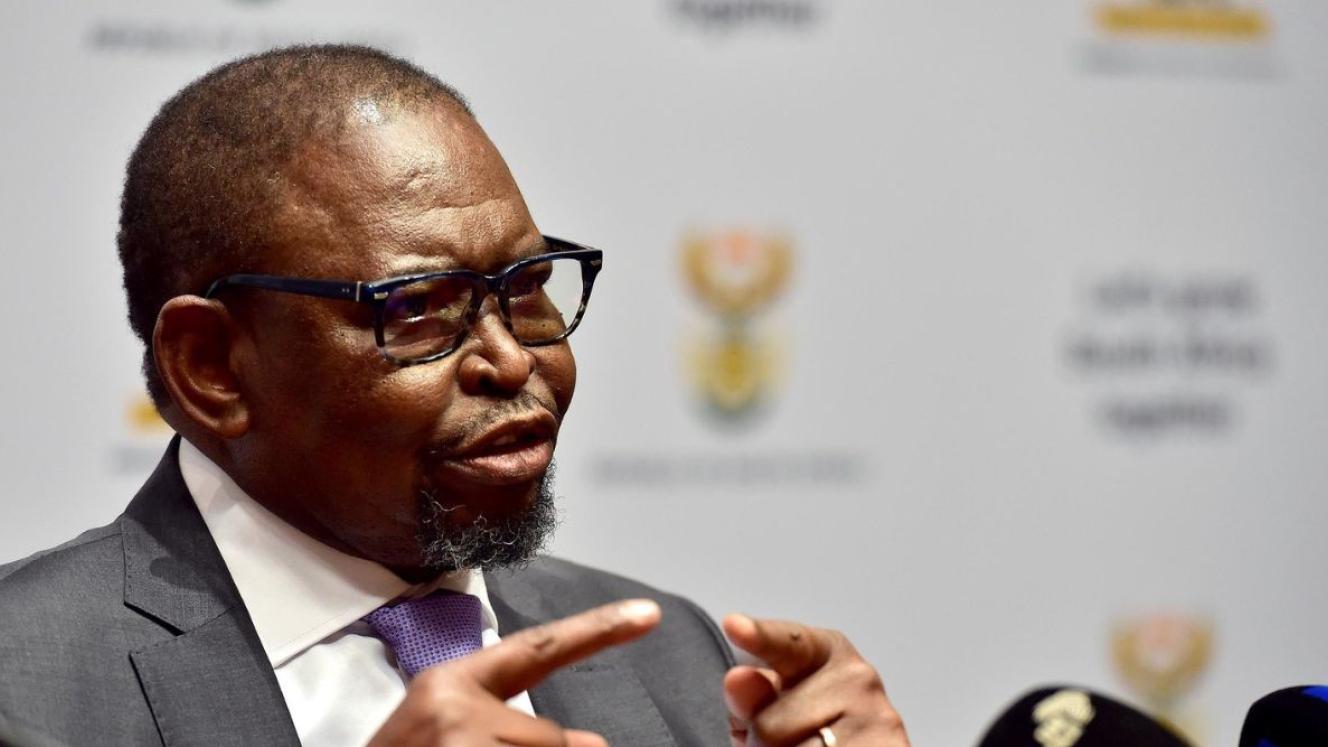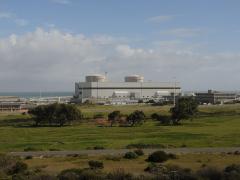The South African government is signalling a decisive shift in how it finances and delivers major infrastructure, formally opening the way for deeper private-sector participation across the infrastructure value chain.
Presenting the Medium-Term Budget Policy Statement in Parliament, Finance Minister Enoch Godongwana announced a R2 billion allocation to capitalise the new credit guarantee vehicle (CGV) – an instrument intended to unlock large-scale private investment in public infrastructure projects, beginning with the urgent expansion of the electricity transmission network.
Godongwana said the CGV represents “real progress” in moving beyond solely stabilising Eskom towards securing new power to the grid from a diverse range of sources. He described the vehicle as “a key and innovative part of the infrastructure reforms developed in collaboration with international partners to de-risk private investment without requiring state guarantees”.
The CGV forms part of broader reforms to South Africa’s public-private partnership (PPP) framework. Amendments to the PPP regulations, which took effect on June 1, streamline approvals for smaller projects and provide clear guidance on unsolicited bids, fiscal commitments and contingent liabilities. “The unsolicited bid guide provides a clear, structured pathway for the private sector to submit project ideas to government and to report and manage fiscal commitments and contingent liabilities arising from PPP projects,” he said. Municipal PPP regulations are expected to be updated by 2026.
Significant infrastructure funding boost
Godongwana emphasised that structural reforms in the energy and logistics sectors remain critical to raising South Africa’s economic growth rate. He said sustained growth depends on maintaining macro-economic stability, implementing reforms, building state capability and shifting public spending towards growth-enhancing infrastructure.
Public-sector infrastructure investment is projected to exceed R1 trillion over the next three years. “President Ramaphosa has consistently spoken of infrastructure as the flywheel of our economy. In support of this vision, we are shifting the composition of spending from consumption to investment,” Godongwana said.
Capital payments are now the fastest growing expenditure item at 7,5% over the medium term. “We are leveraging public resources to mobilise private finance and expertise at scale to strengthen service delivery, improve spending effectiveness and drive higher economic growth,” added Godongwana.
Reforms to the Budget Facility for Infrastructure (BFI) are also gaining traction. The move from a single annual bid window to four windows has led to 28 submissions – nine have progressed to detailed analysis. To support these projects, Treasury will launch a new infrastructure bond aimed at raising a minimum of R15 billion. “The bond forms part of our efforts to introduce dedicated financing instruments that can mobilise cheaper financing to support our infrastructure agenda,” Godongwana said.
Government is also simplifying institutional arrangements across the infrastructure ecosystem. A new Infrastructure Finance and Implementation Support Agency is expected to be operational by March 2026. “The agency will provide project preparation support to the BFI pipeline and centralise infrastructure finance functions to crowd in private capital systemically and promote alternative delivery mechanisms,” Godongwana noted.
Municipal capacity reform to safeguard service delivery
Turning to local government, Godongwana highlighted persistent capacity constraints that hinder many municipalities from converting allocated budgets into reliable water and electricity services. Interventions are underway, including a utility reform pilot programme aimed at professionalising and stabilising electricity and water services in select Mpumalanga municipalities.
Reforms to the Municipal Infrastructure Grant are also in progress. Where municipalities lack implementation capacity, delivery will be taken over by agencies such as the Development Bank of Southern Africa and the Municipal Infrastructure Support Agent – supported by time-bound capability plans to enable the restoration of direct funding in future.
In a further move to improve transparency and accountability, Treasury has launched the first procurement payments dashboard on the National Treasury eTender website. The dashboard publicly displays payments made to suppliers by most national and provincial departments.













